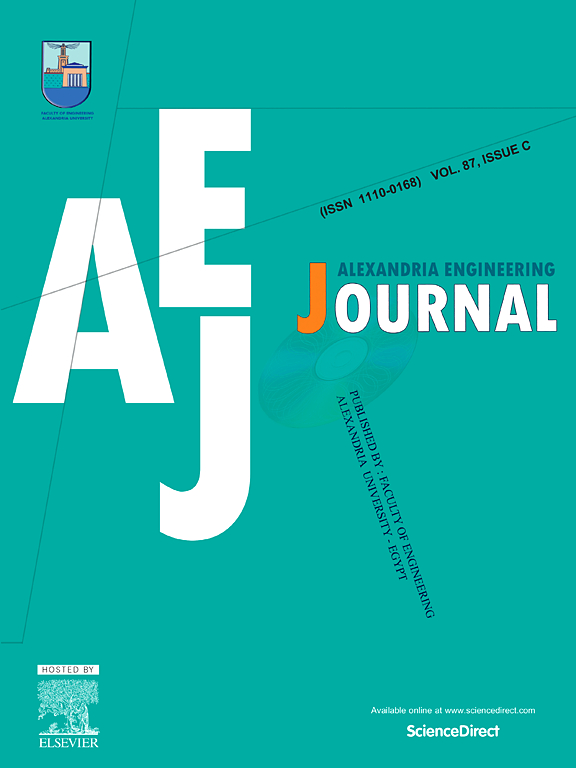Study on the preparation of amphiphilic coal rock-cement interface enhancer and the interface strengthening mechanism
IF 6.2
2区 工程技术
Q1 ENGINEERING, MULTIDISCIPLINARY
引用次数: 0
Abstract
Coal rock has well-developed bedding and joint, strong brittleness, oil-wet surface, poor affinity with cement, and poor mechanical properties. Therefore, it cannot provide high-quality wellbore sealing, which further restricts the development of coal seam gas through subsequent hydraulic fracturing. In order to further improve the bonding quality of the coal rock-cement interface, the weakening mechanism of coal rock-cement bonding was studied in this paper firstly based on the properties of coal rock itself and the microscopic and macroscopic performance analysis tests. Then the interface enhancement approaches were proposed and a dual-affinity coal rock-cement interface agent GSK-II was prepared at last by surface modification of wollastonite partially, in which the modifier are KH570 and zinc stearate. The optimum preparation conditions were as follows: slurry concentration was 10 %, concentration of modifier KH570 and zinc stearate were 1 % separately, modification time was 50 min, and modification temperature was 60℃. The results showed that the coal rock-cement interface bonding strength was increased by 4.49 times after the amphiphilic interface affinity agent GSK-II was added into the drilling fluid, showing a significant interface enhancement effect. In addition, the results also indicated that the generation of solid particles accumulation zone in coal rock fractures and the hydrophobicity of coal rock surfaces were the main reasons for the deterioration of coal rock-cement interface bonding quality. The main ways to enhance the interface bonding effect are to improve the solidification and compactness of the solid particles accumulation zone, as well as to improve the hydrophilicity of coal rock surfaces. The results of the study provided theoretical guidance for improving the interfacial bonding quality of the wellbore in coalbed methane wells with developed fractures, and laid a solid foundation for the safe and effective implementation of subsequent volume fracturing and other mining technologies for coalbed methane wells, and also provided new ideas for the research and development of interface enhancers in this field in the future.
求助全文
约1分钟内获得全文
求助全文
来源期刊

alexandria engineering journal
Engineering-General Engineering
CiteScore
11.20
自引率
4.40%
发文量
1015
审稿时长
43 days
期刊介绍:
Alexandria Engineering Journal is an international journal devoted to publishing high quality papers in the field of engineering and applied science. Alexandria Engineering Journal is cited in the Engineering Information Services (EIS) and the Chemical Abstracts (CA). The papers published in Alexandria Engineering Journal are grouped into five sections, according to the following classification:
• Mechanical, Production, Marine and Textile Engineering
• Electrical Engineering, Computer Science and Nuclear Engineering
• Civil and Architecture Engineering
• Chemical Engineering and Applied Sciences
• Environmental Engineering
 求助内容:
求助内容: 应助结果提醒方式:
应助结果提醒方式:


